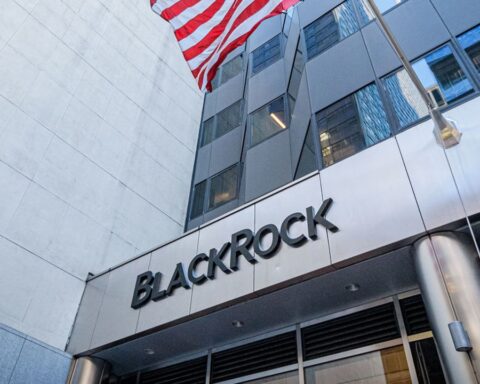At the start of July, Bitcoin‘s hashrate drawdown, which measures changes in the network’s computing power, dropped to levels not seen since the December 2022 bear market, indicating some miners may be capitulating.
In April, Bitcoin underwent its fourth halving at block height 840,000, cutting the block reward in half to 3.125 BTC.
This reduction in rewards, along with transaction fees accounting for less than 10% of revenues, has squeezed miners’ earnings.
Additionally, Bitcoin’s price recently fell below $60,000 due to selling pressure from German authorities and the Mt. Gox rehabilitation trustee repaying creditors in Bitcoin and Bitcoin Cash.
The price has since recovered to around $65,000.
Oleksandr Lutskevych, founder and CEO of CEX.IO, noted the cooling of trends like Runes and Ordinals and declining onchain activity.
He suggested this could mean greater centralization of hash power among larger mining operations, potentially leading to network instability during uncertain conditions.
He also mentioned that the decline in unique active addresses might indicate retail participants ceding ground to corporate entities, which are entering the space thanks to the Bitcoin ETFs launched earlier in 2024.
Despite these bearish signals, Marathon Digital Holdings, the world’s largest BTC mining firm, did not sell any Bitcoin in June, keeping its 18,536 coins untouched.
Bitcoin’s hashrate drop, while significant, wasn’t as drastic as during the December 2022 bear market, according to a spokesperson from ViaBTC.
The network’s hashrate has remained around 600 exahashes per second (EH/s), far above the 250 EH/s seen previously, indicating a notable improvement over time.
Brian Rudick, senior strategist at GSR, said the drop in hashrate resulted from reduced mining profitability post-halving, with hash price at an all-time low.
He added that public miners, who generally have lower costs, continued to hold onto their BTC despite the declining profitability, unlike less efficient non-public miners.
READ MORE: Kraken Expands Custody Services to UK and Australia, Partners with Tottenham Hotspur
Experts dismissed fears of a “miner death spiral,” where declining rewards and high energy costs cause network collapse.
Lutskevych emphasized that Bitcoin’s built-in difficulty adjustment mechanism helps stabilize the network by lowering difficulty as hashrate drops, making mining more attractive.
ViaBTC added that this mechanism could lead to a dynamic balance, attracting new miners and increasing hashrate.
Concerns about miner centralization were highlighted, with the appetites of dominant players potentially causing short-term fluctuations.
However, miners can manage liquidity needs without selling their BTC, using services like crypto-backed loans.
Historically, Bitcoin’s price and hashrate have been correlated. Lutskevych noted a slight lag between the two, but recent price drops have not been as severe as past events.
Rudick added that Bitcoin’s price leads its hashrate, so he doesn’t foresee the hashrate drop affecting the cryptocurrency’s price or security, as the network remains robust with sufficient hashrate.
Despite potential turmoil in the mining industry, Bitcoin’s security is assured. Controlling the network’s hashrate for a 51% attack would be prohibitively expensive.
Solutions to Bitcoin’s long-term security budget, such as increasing block space demand via layer 2s, are being considered.
While the hashrate drop is notable, it may signal a market bottom, supported by metrics indicating low selling pressure from exchanges and miners.
To submit a crypto press release (PR), send an email to sales@cryptointelligence.co.uk.




